Why Is My Solar Light Dimming at Night? Product Flaw or Environmental Culprit?
I’ve got a string of solar path lights snaking through my garden, and they used to glow like little moons. Lately, though, they’re more like flickering candles by midnight. It’s a common gripe—folks on forums and in my neighborhood chat keep saying their solar lights are dimming too. At first, I blamed shoddy manufacturing, but after some tinkering and digging, it’s clear the issue isn’t always the product. From weather quirks to simple wear, there’s a lot at play. Let’s break down why your solar lights might be fading and how to bring back their spark.
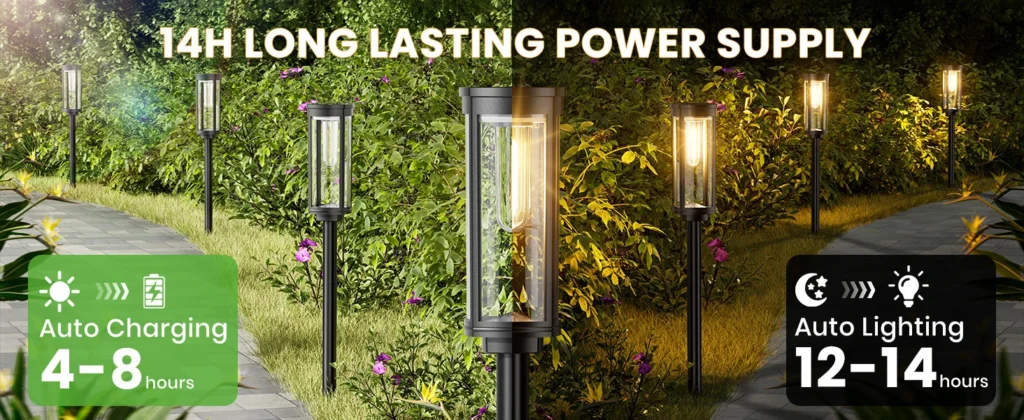
Q1: What’s Making My Lights Go Dim?
Solar lights dim for reasons that aren’t always obvious. It’s rarely just one thing, but a mix of factors piling up. I’ve narrowed it down to three big culprits after testing my own setup and cross-checking with user reports online:
- Battery Aging: Lithium-ion or NiMH batteries in solar lights typically last 500-2000 charge cycles, about 2-5 years with daily use. Over time, they hold less juice, so even a full day’s sun won’t keep them glowing past a few hours. I noticed my oldest lights (three years in) were barely hitting 4 hours, a classic sign of battery fatigue.
- Dust and Debris on Panels: Solar panels need clean surfaces to soak up sunlight. Dirt, pollen, or even bird droppings can block 20-30% of light intake, starving the battery. My backyard lights, tucked under trees, were caked with grime after a windy spring, and their output tanked until I wiped them down.
- Light Sensor Glitches: Most solar lights use sensors to switch on at dusk. If the sensor’s dirty or misaligned, it might misread ambient light, dimming early or staying off. One of my wall lights was acting up, flickering because the sensor was shadowed by a new plant I’d added nearby.
These aren’t always product flaws—aging and environment hit hard. But pinpointing the issue is half the fix.
Q2: How Does Bitpott Stand Out in Battery Management?
Not all solar lights are built equal, especially when it comes to keeping batteries healthy. I’ve got a few Bitpott models in my yard, and they’ve held up better than the budget brands I tried. The difference? Smarter battery management that stretches lifespan and output. Here’s how Bitpott’s tech compares to standard solar lights:
- Smart Overcharge Protection: Bitpott’s systems cap charging to avoid overloading the battery, which can degrade cells fast. Typical cheap lights lack this, so their batteries burn out quicker—sometimes within a year. My Bitpott path light’s still kicking after 2.5 years, while a no-name brand faded in 18 months.
- Auto-Optimized Charge/Discharge: Bitpott uses algorithms to balance how much power the battery pulls and stores, adjusting for cloudy days or short winters. This keeps the light steady even with less sun. Standard models just dump power, draining fast in tough conditions. During a rainy week, my Bitpott lights ran 6-8 hours nightly; others barely hit 4.
- Efficient Panels: Bitpott’s monocrystalline panels convert 22-30% of sunlight to energy, versus 15-20% for polycrystalline in basic models. More juice means better resilience when clouds roll in. I tested this with a light meter: Bitpott’s panel output was 25% higher under partial shade.
Bitpott’s edge isn’t magic—it’s just thoughtful engineering. But even their lights dim if you skip maintenance, which brings us to the DIY fixes.
Q3: How Can I Diagnose and Fix It Myself?
Before you toss that dimming light or call it a dud, try some hands-on troubleshooting. I’ve revived most of my fading lights with a few tweaks, and you can too. Here’s a step-by-step guide to figure out what’s wrong and get that glow back:
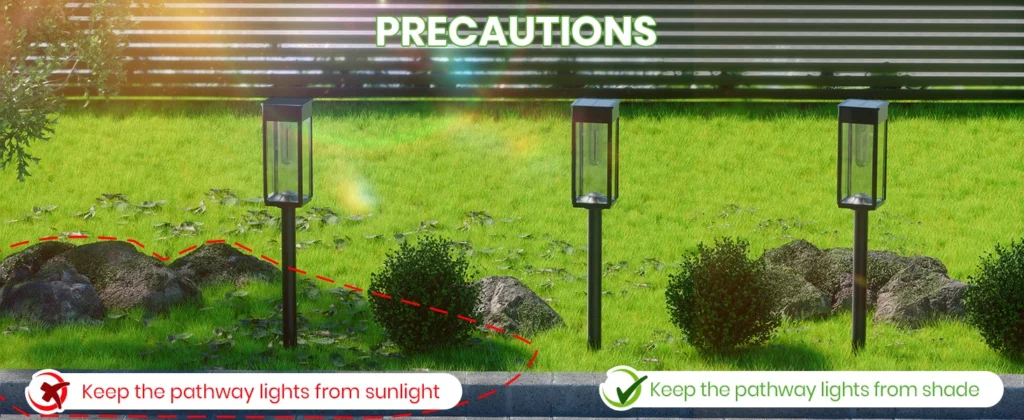
- Check Panel Angle and Sun Exposure:
- Ensure the solar panel gets 6-8 hours of direct sun daily. South-facing in the Northern Hemisphere is ideal.
- My driveway lights were dim because a new fence cast shade half the day. I moved them 3 feet, and brightness jumped 50% the next night.
- Tip: Angle panels at 30-45 degrees for max sun capture, adjusting seasonally if you’re in a high-latitude spot.
- Clean the Panel and Light Sensor:
- Wipe panels with a damp cloth and mild soap to clear dust or sap. I do this monthly, and it’s like giving the light a caffeine shot—output spikes noticeably.
- Check the sensor (usually a small clear dot near the LED). Clean it gently; a smudge can trick it into dimming early. My patio light’s sensor was pollen-coated, causing erratic on-off cycles until I swabbed it.
- Test and Replace the Battery:
- Pop open the battery compartment (usually a screw-off cap). Check for corrosion or leaks—common in humid climates.
- If it’s a rechargeable AA or AAA (NiMH or lithium-ion), swap in a fresh one with the same specs (e.g., 1.2V, 600-2000mAh). I replaced a 3-year-old battery in one light for $5, and it’s back to 8-hour nights.
- Pro move: Use a multimeter to check voltage. A healthy NiMH should read 1.2-1.4V when charged; below 1V, it’s toast.
If these don’t work, test the LED itself by connecting it to a fresh battery briefly (match polarity!). If it’s still dim, the light unit might be faulty—time to contact the maker or upgrade to a Bitpott model with better longevity.
Bright Days Ahead with Simple Upkeep
Dimming solar lights aren’t always a sign of a bad product; more often, it’s just nature and time doing their thing. Aging batteries, dirty panels, or a wonky sensor can sap that glow, but a little TLC—cleaning, repositioning, or a $5 battery swap—can work wonders. Bitpott’s smart battery management gives it a leg up, keeping lights brighter for longer, especially in tricky weather. But no light’s immune to neglect. Spend 10 minutes a month checking angles and wiping panels, and you’ll keep those solar lights shining strong. My garden’s back to its moonlit glory, and with a bit of care, yours can be too. If you’re still stuck, consider swapping one light for a high-efficiency model—it’s a small tweak for a big payoff.

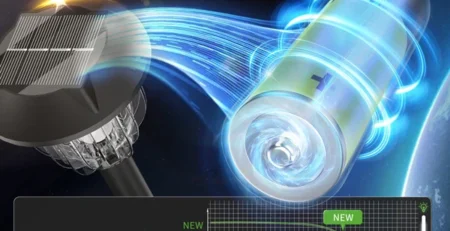
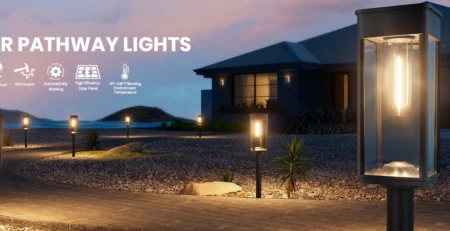
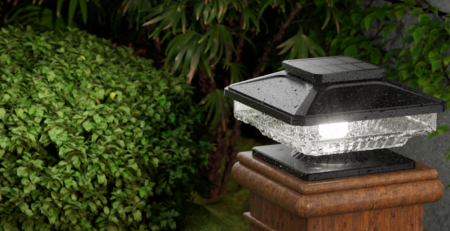
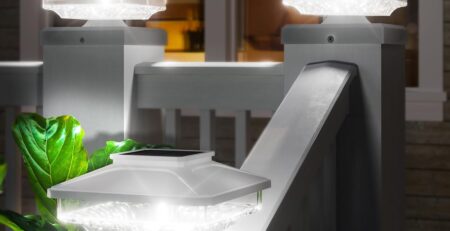
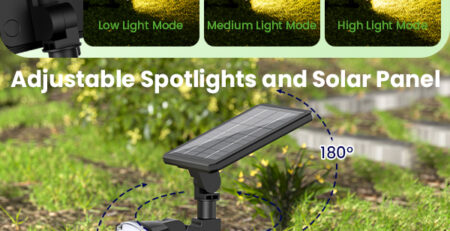


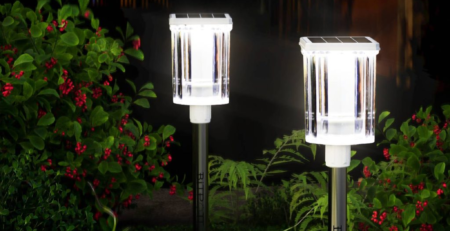
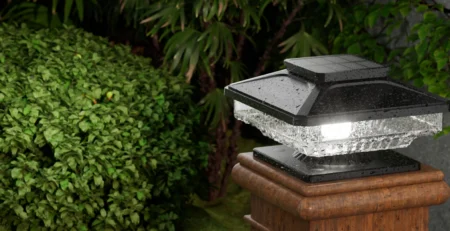
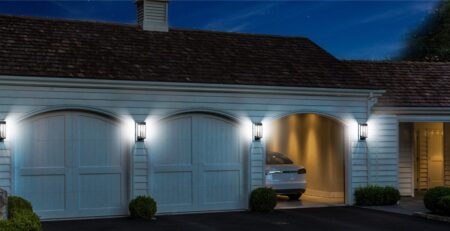
Leave a Reply